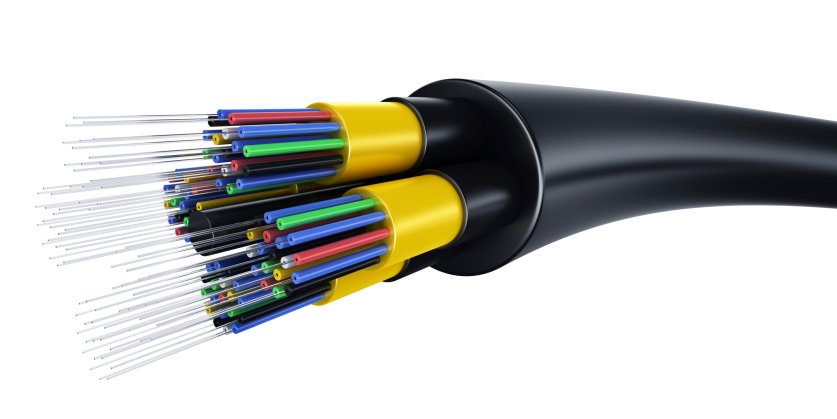Seven telecoms firms have announced a US$250 million, 15,000-km trans-Pacific underwater cable system that will link countries in Southeast Asia with the United States.
Specifically, the Southeast Asia-United States (SEA-US) cable system will link Manado in Indonesia and Davao in the Philippines with Guam via the first independent segment (SEA-US West), and Guam, Hawaii and Los Angeles in the second segment (SEA-US East). Other recent cable investments in the area include the China-backed FASTER cable.
A consortium consisting of seven telecommunications companies will operate SEA-US, including PT. Telekomunikasi Indonesia International (Telin), Globe Telecom in the Philippines, US-based RAM Telecom International (RTI), Hawaiian Telcom, GTI Corporation, Telkom USA and GTA in Guam. NEC Corp. will supply the cable system, and work is expected to be completed in the fourth quarter of 2016.
Extra capacity, avoiding quakes
SEA-US is expected to deliver an additional 20 Terabits per second (Tbps) of capacity using 100 Gigabit per second transmission equipment. The consortium says that the system will avoid earthquake-prone areas in East Asia, ensuring stable connectivity.
Though SEA-US does not connect directly to countries such as Singapore, Hong Kong and Japan, the consortium in its press statement noted that the added capacity that it represents will also support high bandwidth broadband services in other Asia regions, including North Asia, China and Hong Kong, Southeast Asia and Australia.
Ultimately, SEA-US offers additional choices for undersea cable connection between the US and Asia, and is of value for businesses looking to add redundant pipelines to facilitate the flow of their communication and information between the Asia region and the US mainland.
In August, DCD FOCUS reported on a consortium made up of China Mobile International, China Telecom Global, Global Transit, Google, KDDI and SingTel that will build a trans-pacific subsea cable that will connect the U.S. to two landing locations in Japan. With a cost of US$300 million, FASTER will also be built by NEC and is expected to be ready-for-service date in Q2 2016.

